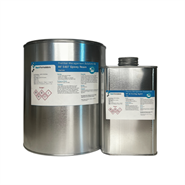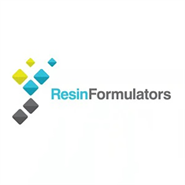Methods of Creating a Hermetic Seal
Electronics - potting and encapsulating: The image shows a visual representration of potting or encapsulating to form a hermetic seal. This is the process often used in electronics and more specifically for electric vehicle batteries. The resin is poured over the electrical components to seal and protect them. In the example shown, a black color is used, this means the components underneath cannot be seen by rival companies.
Food - canning and vacuum packing: Food is placed in cans,
sealed with a lid, and heated to sterilize the contents. This process kills microorganisms. In vacuum packing, air is removed from a package containing food, creating a vacuum. This helps to prevent oxidation and extend shelf life.
Medical - syringes, diagnostic devices, implantable devices: Examples where hermetic sealing is required include ultrasound probes, endoscopes, pacemakers, defibrillators and cochlear implants. Methods used include Laser, electron beam and resistance welding, compression fittings and gaskets.
Aerospace - avionics and spacecraft: On a spacecraft, a hermetic seal is crucial to protect against the vacuum of space. One well-known example is the International Space Station (ISS), where hatches between modules use specialized seals (often elastomer-based) to ensure airtightness when closing the doors. Similar sealing technology is applied to space capsules like NASA's Orion, where O-rings or metal seals are critical for ensuring crew safety in space and during re-entry.











